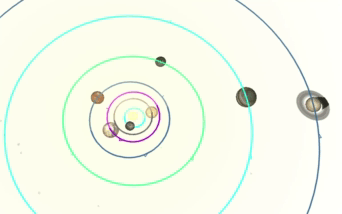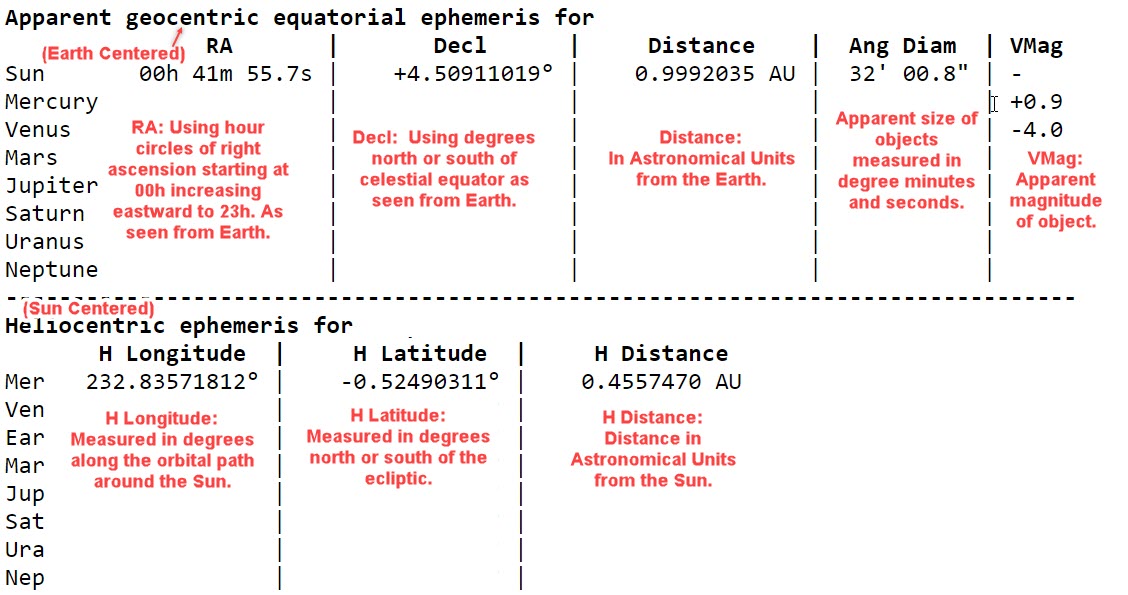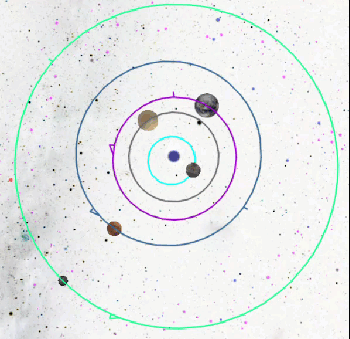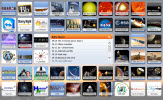December 2023
This month the inner planets are split between the evening and morning skies. Watch for the innermost planet, Mercury, to be above the western horizon at sunset for about the first 3 weeks of this month. While the next planet in line from the Sun, Venus, is very visible above the eastern horizon in the morning skies.
Three of the giant outer planets, Jupiter, Saturn, and Uranus are above the south to southwestern horizon at sunset, with Uranus requiring either dark skies for naked-eye visibility, or optical assistance. Not visible is Mars as it is too close to the Sun.
December is also a season changing season according to the calendar. In the Northern Hemisphere December 21st is when the Sun reaches the celestial position that, relative to the Earth's surface, places it over the Tropic of Capricorn, at 23.5o S. This is the first day of winter in the Northern Hemisphere and the opposite in the Southern Hemisphere.
Click here for the month at a glance calendar.
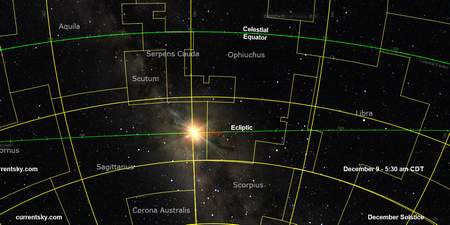
What is this? "It's a prediction of when Lees Summit, MO, will have good weather for astronomical observing." Click on the graphic to go to the Clear Sky web site.

Mercury is visible as an evening planet for the first half of December but is positioned low above the horizon for Northern Hemisphere observers. The innermost planet reaches inferior conjunction toward the end of the month.
Venus will be visible as a morning planet this month and when viwed with optical assistance it will show a gibbous phase slowly decreasing in apparent size.
Mars remains too close to the Sun to be visible during December.
Dwarf Planet Ceres is too close to the Sun this month to be visible.
Jupiter is visible as an evening planet and is still in retrograde motion as it appears to move westward across the constellatoin of Aries the Ram.
Saturn is visible over the western horizon and sets before midnight local time.
Uranus is above the horizon through the night hours and with an apparent magnitude less than 6.0 Uranus may be visible without optical assistance in dark enough skies.









